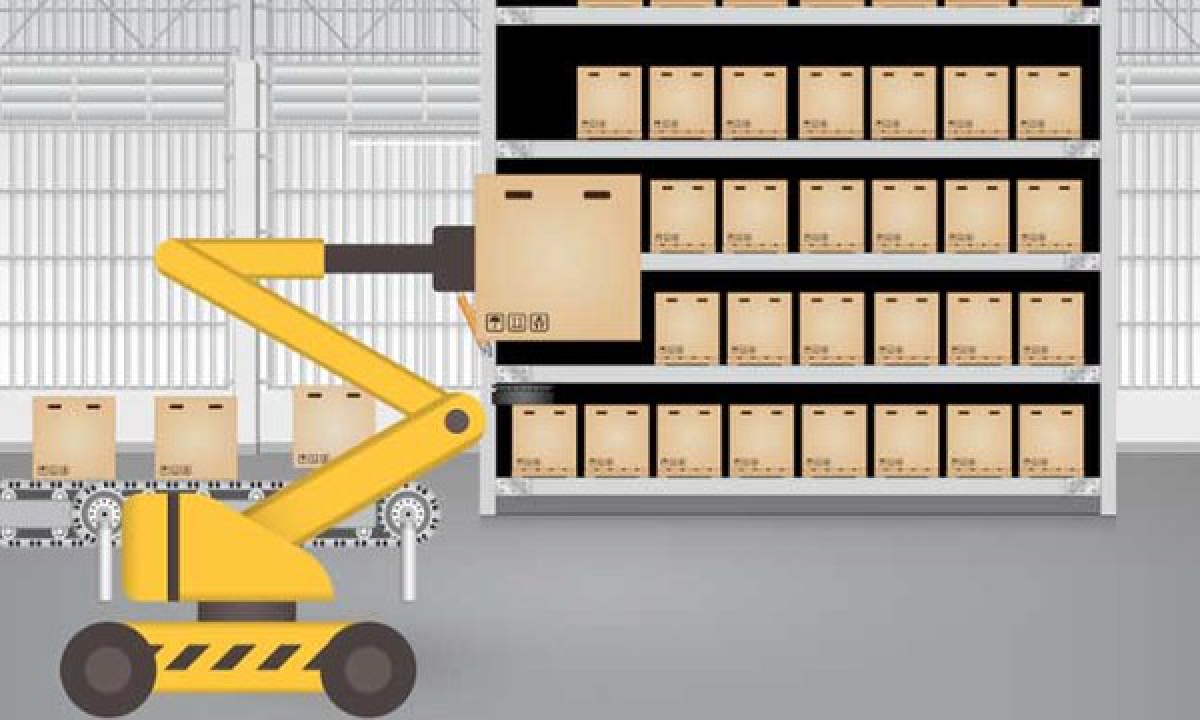How do Automated Storage and Retrieval Systems (ASRS) Work?
The list of automated things these days keeps growing and growing. From preparing a single-serve cup of coffee in the morning to getting your items checked out at the grocery store, you can accomplish a lot without another person involved. Automation even extends to certain industrial facilities with concrete floors. Meet the automated storage and retrieval system (ASRS).
What is an ASRS?
In case you aren’t aware, an ASRS is a way for a facility to maximize storage space while reducing staff and increasing efficiency. The first systems popped up in the 1960s and initially focused on heavy pallet loads, but have since evolved to include smaller loads. That’s why you’ll see industries like e-commerce, jewelry and others utilize them today.
For a more in-depth breakdown of automated storage and retrieval systems, here’s how the Material Handling Industry (MHI) explains them: “These systems automatically locate and deliver the required inventory to a conveyor system, manual outfeed, or an ergonomic operator station. This translates to a reduction in labor, floor space and inventory levels, while increasing accuracy and productivity in comparison to manual storage methods. Typical storage applications include order picking, tooling, consolidation, work-in-process, and buffering in ambient, cold, freezer, or clean-room environments.”
The Benefits of an ASRS
So why use an ASRS instead of traditional staff and equipment? Automated storage and retrieval systems bring unique benefits to a variety of industries, from automotive and manufacturing to pharmaceuticals and distribution warehouses. They’re not ideal for every industry, but can help saves on costs and time. Specifically, an ASRS:
- Lowers part and product expenses
- Reduces labor costs
- Maximizes storage space
- Increases safety
- Enables seamless processing and logistics
- Makes tracking more efficient
Of course, you won’t enjoy these benefits very long if the facility isn’t constructed properly. Every construction element is just as important as the ASRS itself.
The Importance of ASRS Floors
One of the most crucial parts of an ASRS is the floor. For starters, you want a concrete floor contractor who adheres to the highest specification standards required for automated storage and retrieval systems. The floor should be completely flat and designed with thicker slabs and double-rebar reinforcing for unmatched durability. The contractor should also do things like take great care to position the rebar as to avoid interference from rack mounting. Finally, they should work closely with the ASRS supplier and project engineer to attain the superior precision required in the construction of a concrete slab for an ASRS facility.
So that’s how an automated storage and retrieval system works. From the equipment to the floors, an ASRS requires a good amount of attention to detail, but the benefits can be well worth it in the end.

